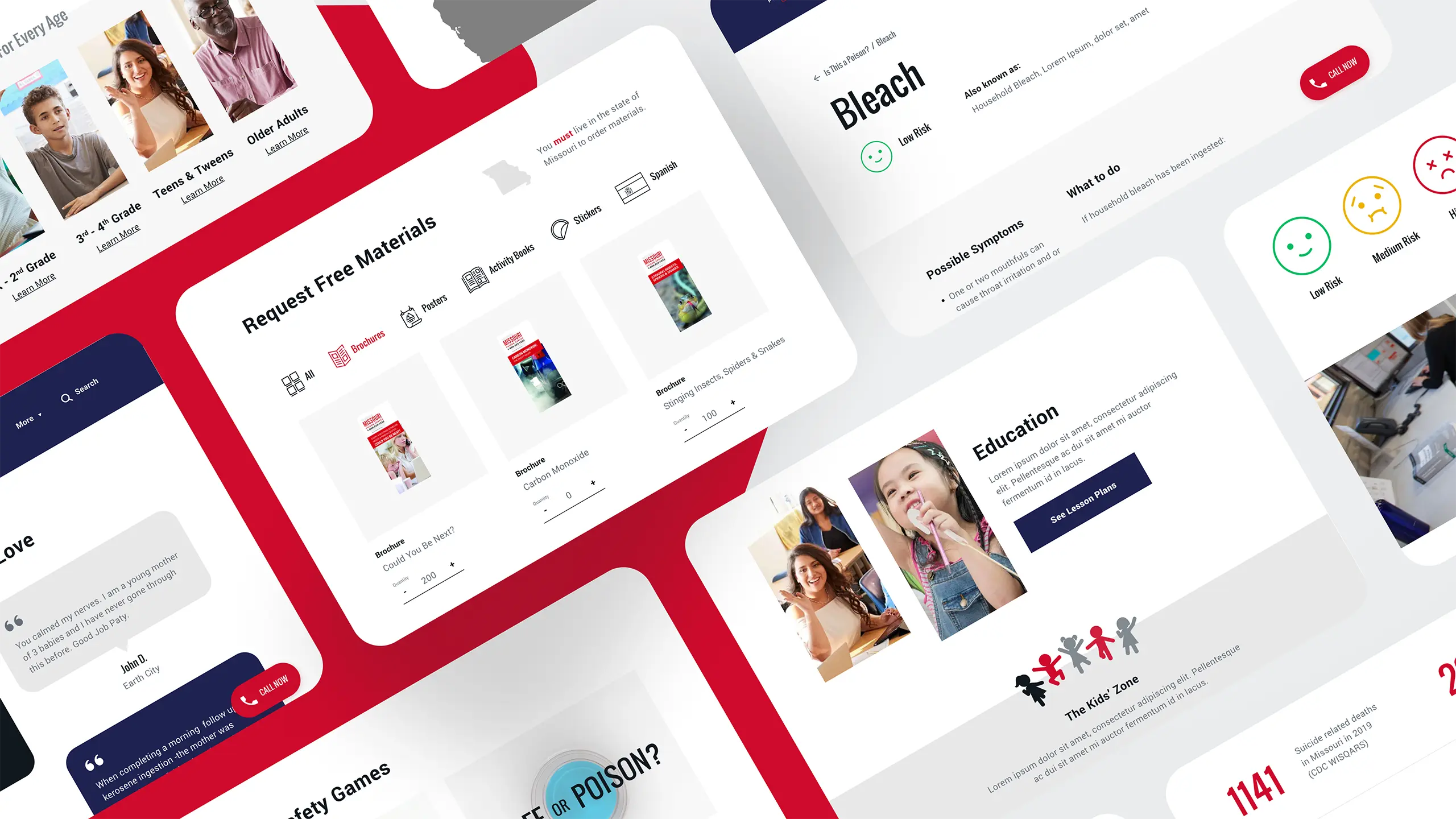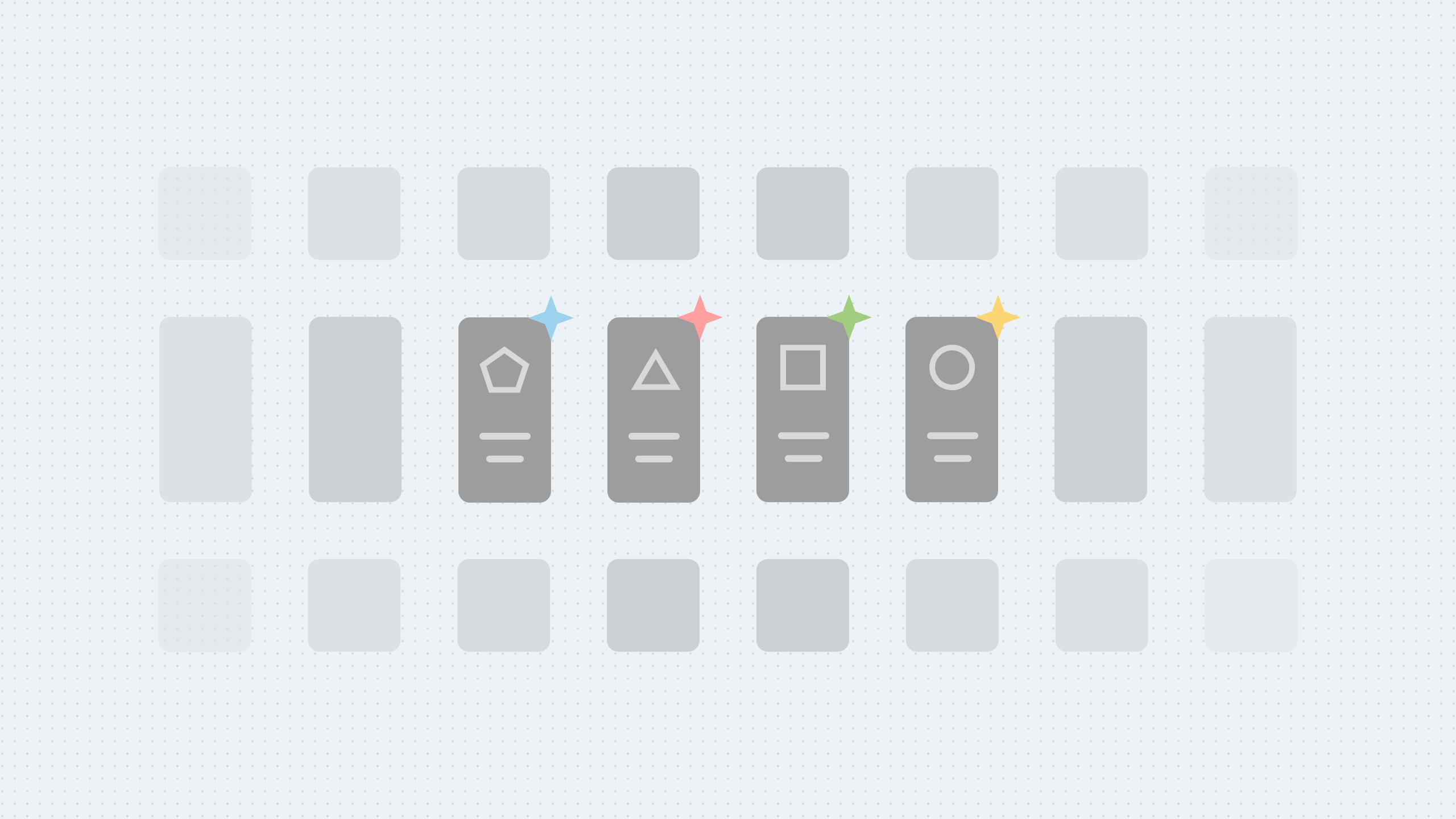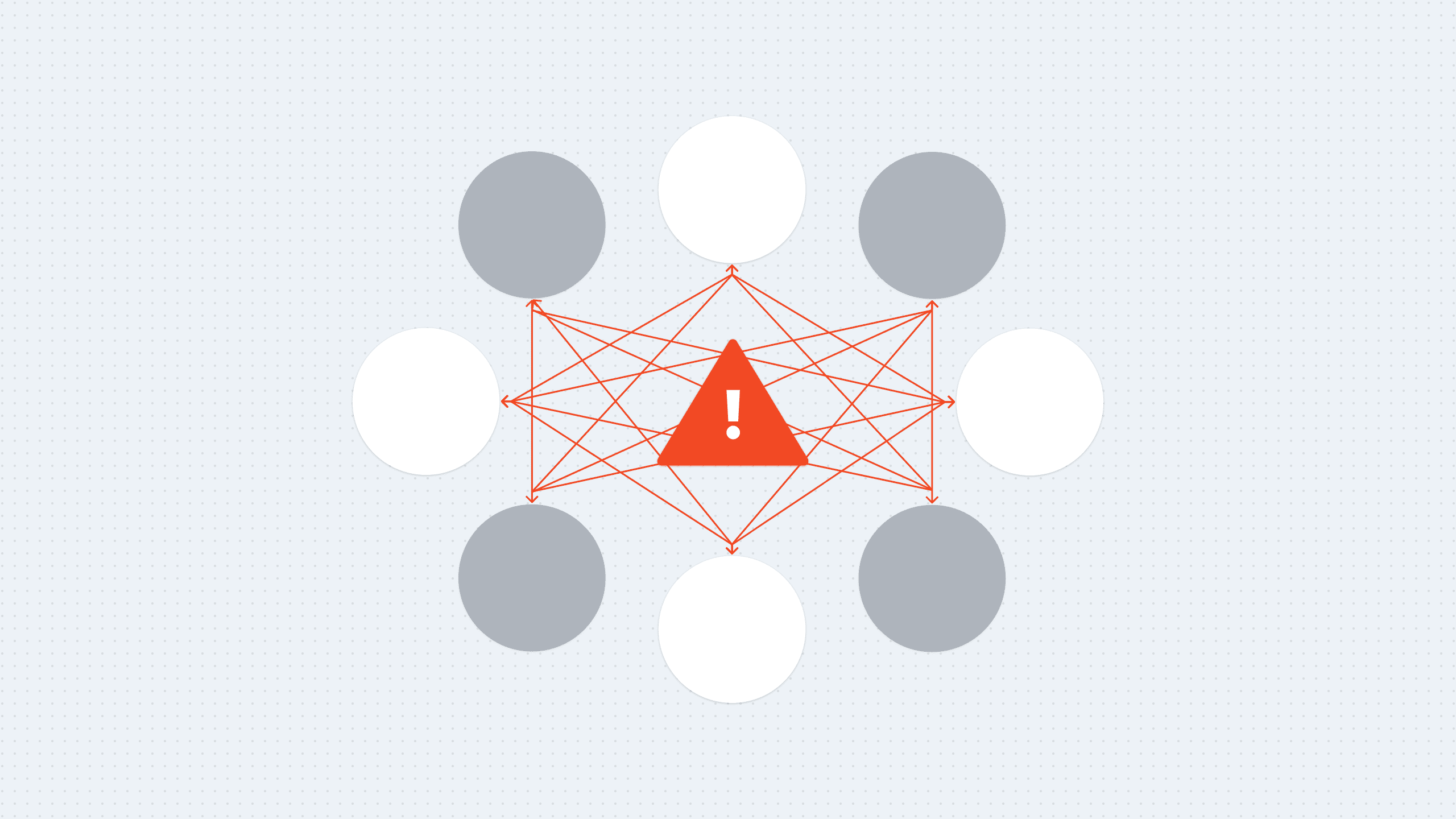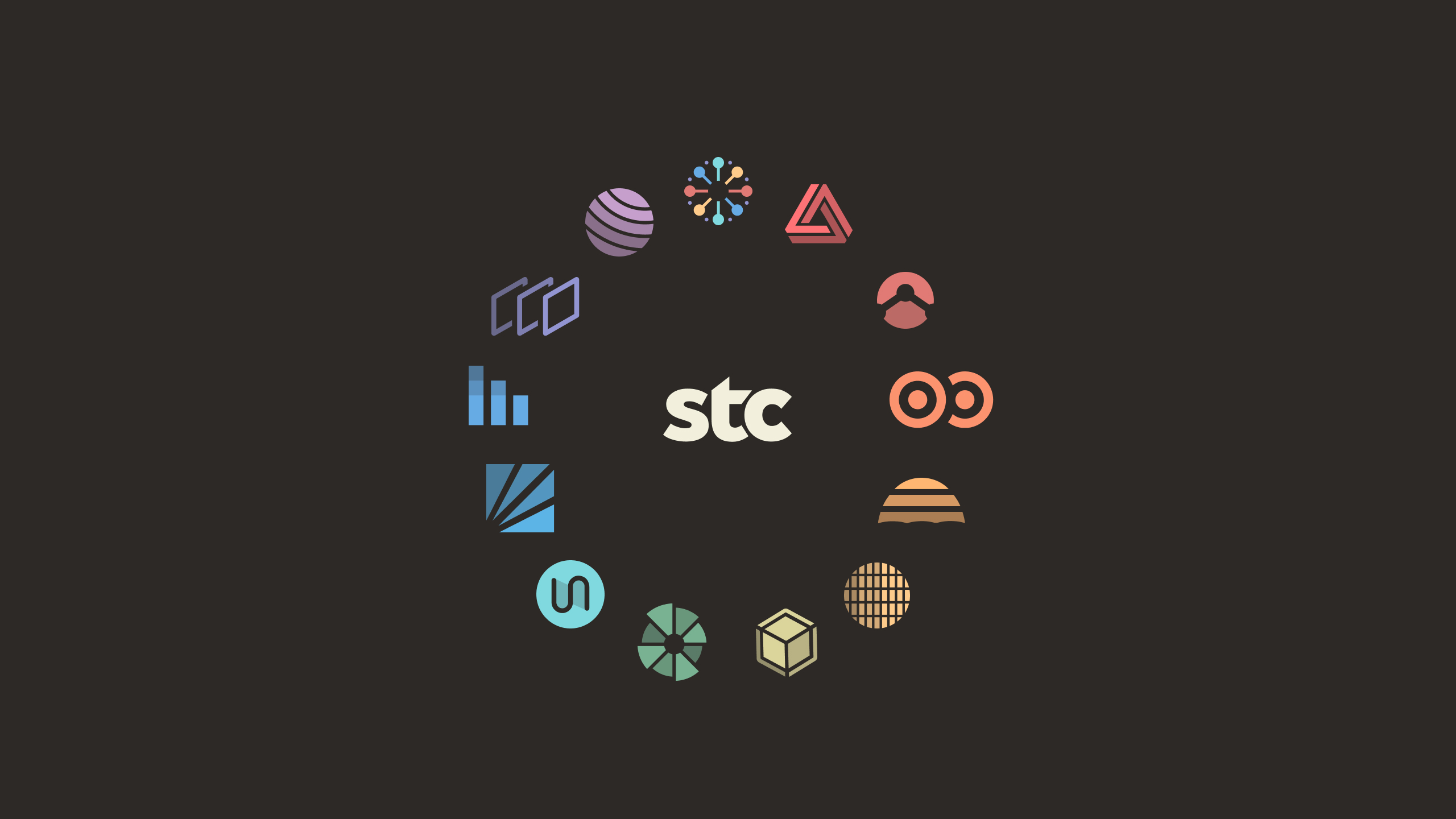
Missouri Poison Center
The Product
Missouri Poison Center offers emergency assistance over-the-phone and online to Missouri residents seeking help with a potential poison exposure. The website also functions as a vital educational resource, offering authoritative information on numerous toxins encountered both within domestic and natural settings.
The Problem
Users found it difficult to find the toxicity information they need, especially when neither a computer or internet are available.
The Goal
Create a mobile-friendly web app that encourages users to quickly contact a licensed professional for guidance, first-aid recommendations, and an encyclopedia of information about every-day objects and other dangers
Project Duration
September 2020 - June 2021
My Role
UX Designer, Product Designer, Visual/UI Designer
Responsibilities
- Conducted competitive analysis to appraise similar services
- Gathered insights from subject matter experts and users with interviews
- Conducted card sorting and tree-testing to appraise information architecture solutions
- Created low-fidelity wireframes to test early concepts
- Designed high-fidelity mockups and final deliverables
- Presented fully functional Adobe XD prototypes
- Documented extensive design specifications for developer hand-off and brand alignment
UX Research
Competitive Analysis
Missouri Poison Center competes with other state and national poison centers as well as with less reputable sources around the internet. What many competitors lacked was local, accurate content and a graceful experience for offline users.
Interviews
During preliminary conversations, it was discovered that many users found the existing website difficult to read, hard to navigate, and had no clear way to contact someone who could help. Some users expressed a need to find toxicity information for their young child sometimes several times a day, and found the whole process frustrating, inconvenient, and cumbersome (especially while dealing with an emerging issue).
Other users found themselves out in the wilderness without reliable internet and couldn't remember the poison center's contact information when they needed it most. Both groups wished they could just have Missouri Poison Center on “speed-dial” so they could be prepared for future situations.
Personas
Most parents are familiar with their child eating something that they shouldn't have. When searching on the internet for help, they often find unreliable advise. Parents that do know about the Missouri Poison Center don't always remember which number they need to call.

Jennifer the Parent Persona

Austin the Hiker Persona
Some people encounter toxic plants or animals while outside, but don't know when to call a professional or even who to call. Also, many younger people express hesitance calling someone and instead prefer reading the information on their own first. Lastly, it's not guaranteed that cellular service or internet is an option when far from civilization.
Information Architecture Research
Through the use of Optimal Workshop's card sorting and tree-testing features, we uncovered a significant disparity between users' mental models for organizing information and the structure of Missouri Poison Center's website. Most notably, users struggled to locate critical resources, such as first aid info and the contact number.
Ideation
Designing wireframes allowed the team to delve into various layout options and prioritize the core functionality of the product. Recognizing that users often access the Missouri Poison Center amidst other activities, I opted for a mobile-first approach to ensure the website caters to these users effectively. We shared these initial concepts as basic prototypes with stakeholders to gather insights and clarify requirements before investing in more detailed mockups.

Low-fidelity Wireframes
Design started with grayscale wireframes for screens of the Missouri Poison Center website.
Solution
The final product embodies the brand's core values: convenience, authority, and education. Through the new web app, users can effortlessly and swiftly connect with professionals on any device, facilitated by conveniently placed links in the navigation and a persistent "Call Now" button accessible on every page.

The Mobile Experience
Prominent contact information, a poison risk scale, and ordering materials are available on mobile.
Thanks to the addition of a new search field, users can now locate specific poisons more efficiently, eliminating the need to navigate through the site's previously cumbersome menu. Every page's content underwent revision to highlight essential information and enhance readability, making it easier for users to quickly scan during a stressful event. Each poison entry now includes comprehensive details, including alternative names, visual descriptions, a prominent "Risk Level" graphic, and crucially, easy-to-follow instructions for ingestion or eye exposure.

MPC On-The-Go
The progressive web app lets users access the website's vital information anywhere they want.

Poison Resources
Missouri Poison Center provides easy instructions for avoiding and responding to a poison.
In response to challenges with accessing the poison center's resources offline, I spearheaded a progressive web application (PWA) solution. This innovation enabled frequent users to conveniently save the website to their device's homepage, eliminating the need to navigate to it via a browser. The PWA shares a codebase with the website and has the capability to function even when offline and in the background. This approach offered a cost-effective alternative to building a native application for various platforms while delivering the seamless experience desired by both stakeholders and users.

Progressive Web App
The PWA offers a cost-effective alternative to building a native application for various platforms.
The Missouri Poison Center offers educational resources in various formats, including brochures, posters, games, activity sheets, and lesson plans designed for teachers to educate children about poison safety. To better cater to both adult and child audiences, all of this content received a stylistic and functional makeover.

Missouri Poison Center's Website
The final design is a fresh direction for the brand and makes getting help more accessible to users.
Impact
Initial responses indicated an overwhelmingly positive reception to the updated website. Users remarked that the desired information was more readily accessible and was presented in a clearer format. They also appreciated the improved visibility of contact options. The progressive web application serves as a crucial new resource for individuals who previously encountered challenges in reaching Missouri Poison Control during emergencies. Lastly, stakeholders loved the brand's fresh approach and the uptick in helpline inquiries.




